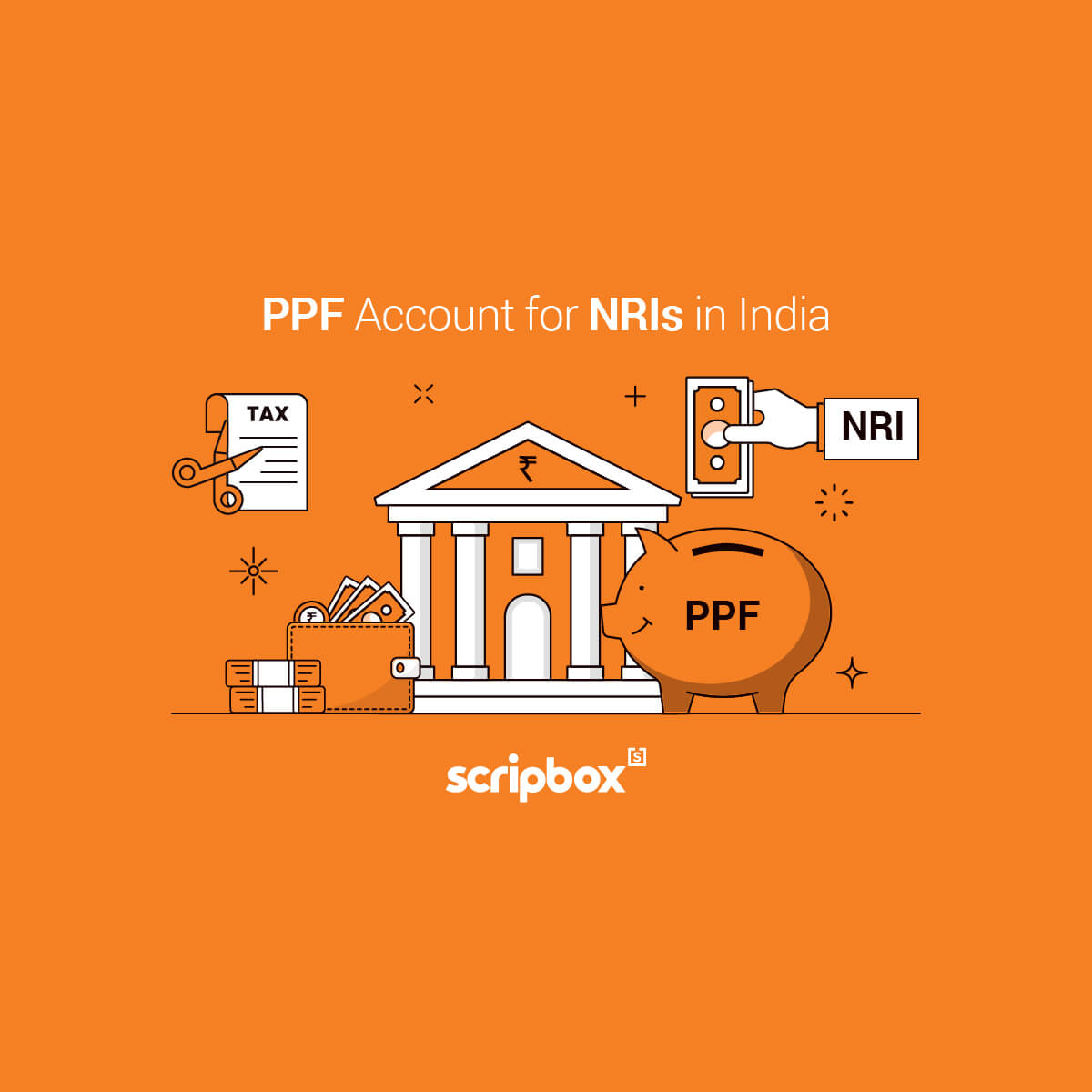The children’s future is of utmost importance for every parent. They start planning and investing for their children’s higher education, marriage, etc. There are multiple schemes through which parents can invest and align their financial goals. Also, there are children specific schemes available which are goal-oriented. This article will discuss the two schemes Sukanya Samridhi Yojana and Children’s Mutual Fund, and the differences between Children’s Mutual Fund vs SSY.
What is a Children’s Mutual Fund?
Children mutual fund is an open-ended mutual fund scheme available for investment for children. Parents or Legal guardians can invest in this scheme on behalf of their minor child (girl or boy). Thus, the gains realised from these funds can be utilised towards child-specific goals like children’s education, marriage or relocation expenses, etc.
Children’s fund has a mandatory lock-in period of 5 years or until the child becomes a major, whichever is earlier. This fund invests in both equity and debt securities. It is termed equity-oriented mutual funds if the funds are invested more than 60% in equity and equity-related instruments. If the funds are invested more than 60% in debt securities, it is called debt-oriented mutual funds. Therefore, investors can choose higher equity or debt based on their understanding of risk and investment horizon.
Investors cannot withdraw the money from this fund prematurely, hence making it an idle long-term investment. This will give time for the portfolio to ride market ups and downs and stabilise the returns. Also, parents investing in these schemes on behalf of their children can avail an exemption up to INR 1.5 lakhs under Section 80C of the Income Tax Act, 1961. Furthermore, the interest earned from these funds is exempt from tax. However, upon maturity, the gains are taxable.
In addition, once the child becomes an adult (above 18 years), they can complete their KYC and gain access to the fund. Also, they will have the flexibility and authorization to use the money for building their future.
Who Should Invest in a Children’s Mutual Fund?
Children’s mutual funds are suitable for investors who want to secure their child’s financial future. These tailor-made investment plans help investors save up for their child’s education, marriage and other essential expenses. Also, these funds fall under the tax exemption category. Thus, parents looking for tax savings as one of the goals can invest in these funds.
Children funds come with a minimum lock-in of 5 years and a heavy penalty for premature withdrawals. Therefore, investors who are willing to stay invested for the long term can invest in them. As these mutual funds are tailor-made and customisable, investors looking for the flexibility to choose a portfolio (between debt-oriented and equity-oriented) can consider investing in them based on their risk tolerance levels.
What is the SSY Sukanya Samriddhi Yojana?
Sukanya Samridhi Yojana is a government offered investment cum savings scheme. Prime Minister Mr Narender Modi launched this initiative as a part of the ‘Beti Bachao Beti Padao’ campaign in January 2015. The objective of this scheme is to encourage parents to save so that they can afford their girl child’s education and marriage with financial independence.
The parents or legal guardians of a girl child under 10 years are eligible to invest in this scheme. The parents can invest in this scheme for 15 years from the date of account opening. After 15 years, the account continues to earn interest until maturity. The SSY account matures when the girl child attains the age of 21 years or on the occasion of marriage after attaining 18 years of age.
The parent can open only one SSY account for one girl child. Investment in SSY provides tax benefits up to Rs. 1.5 lakh under Section 80C of the Income Tax Act, 1961. Also, the interest accumulated and the maturity proceeds are exempted from taxation. The minimum amount to invest in this scheme is Rs. 250. Since the government backs this scheme, the returns are guaranteed. The current rate of interest offered on the SSY scheme is 7.60%. Moreover, a unique benefit of this account is that it continues to earn interest even after maturity until the final closure of the account. Thus, one can easily open an SSY account with any authorized bank or post office. YOu can use Scripbox’s SSY calculator to estimate the returns from this scheme.
Who Should Invest in a Sukanya Samriddhi Yojana?
Sukanya Samridhi Yojana is best suited for investors who want to secure their girl child’s future. This is a tailor-made investment scheme offered by the government to save their girl child’s higher education and marriage. Also, this scheme falls under the tax exemption category. Thus, parents looking for tax savings as one of their goals can also invest in this scheme. Furthermore, this scheme offered guaranteed returns over the investment tenure along with the benefit of the power of compounding.
Investment in this scheme comes with a lock-in period where the account matures when the girl child attains the age of 21 years. Upon maturity, the proceeds are paid to the girl offering her financial independence. Therefore, investors willing to stay invested for long to save for their child’s future can choose to invest in this scheme. Also, there is no premature withdrawal facility under this account. However, the parent can withdraw money for marriage if the child attains 18 years of age.
Children’s Mutual Fund vs SSY – Difference
The following are key parameters that show the difference between Children’s Mutual Fund and SSY.
Account Opening
Children’s mutual fund account can be opened by a parent in the name of their girl or boy child.
The SSY account can be opened by a parent or legal guardian in the name of a girl child only.
Account Operation
The parents or legal guardians can invest in children’s mutual funds and operate the account. They have a lock-in period of 5 years or till the child turns 18 years, whichever is earlier.
The parents or legal guardians can operate the SSY account until the girl child turns 18 years. Post that, the child takes control of the account.
Number of Accounts
There is no restriction on the number of accounts while investing in mutual funds.
In SSY, a maximum of two accounts for a family with two or more daughters.
Age Limit
The maximum age limit for opening a CMF account is 18 years.
The maximum age limit for opening an SSY account is 10 years.
Minimum and Maximum Amount
The minimum deposit amount for CMF is Rs. 500. Whereas there is no upper limit investment amount.
The minimum deposit amount for the SSY scheme is Rs.250, and the maximum amount is Rs.1.5 lakh.
Returns
The returns from children’s mutual funds are not fixed as they invest in equity instruments that depend on the market performance.
Investment in SSY offers fixed returns where the current interest rate is 7.6% p.a.
Risk
The children’s mutual funds are subjected to market fluctuations. Thus, the investor must have a proper understanding of risk before they choose to invest.
Sukanya Samridhi Yojana is a government-backed scheme, thus offering stable and fixed returns to investors.
Premature Withdrawals
One can make a premature withdrawal from children funds after the completion of 3 years with some penalty.
Only one partial withdrawal can be made from an SSY account, i.e. after the child turns 18 years of age. Also, the withdrawal is limited to 50% of the deposited amount and used for marriage purposes.
Nomination Facility
All mutual fund houses offer the nomination feature on the CMF account.
No nomination facility is available on the SSY account.
Taxation Benefit
Investment in children mutual funds qualifies for tax exemption under Section 80C of the Income Tax Act, 1961. However, the redemption proceeds are taxable as per the regular tax rules of equity and debt.
The principal amount, the maturity proceeds and the interest earned from the SSY scheme are all tax-free. Also, the investment in SSY qualifies for tax deduction under Section 80C of the Income Tax Act, 1961.
Recommended Read: Best Child Plans in India
Children’s Mutual Fund vs SSY Which is a Better Option?
Both children’s mutual funds and SSY have their share of advantages along with limitations. At the same time, SSY under the Beti Bachao Beti Padhao scheme is risk-free as the government backs it and offers tax benefits. On the other hand, an equity mutual fund offers higher returns. Also, child plans come with a lock-in period to help maintain the necessary financial discipline for the child’s future. However, if the investor can bear the risk and invest long-term, an equity portfolio can help accumulate a good corpus to meet the child’s financial needs. On the contrary, investors looking for stable and steady returns over a long period can invest in an SSY scheme for meeting their girl child’s financial goal.
Both schemes can be a good investment option for the long term. To accumulate a good corpus over time, one should assess their risk tolerance level and time horizon to invest in any one of these schemes. Also, an investor can divide their funds and invest in both schemes to avail the maximum benefit and manage risk limitations. Furthermore, this can help in creating a balanced portfolio. Moreover, one can use Scripbox’s Sukanya Samridhi Yojana Calculator to estimate their maturity amount and wealth created.
Also, Scripbox’s mutual fund calculator helps in estimating the mutual fund maturity value and returns.




























Show comments